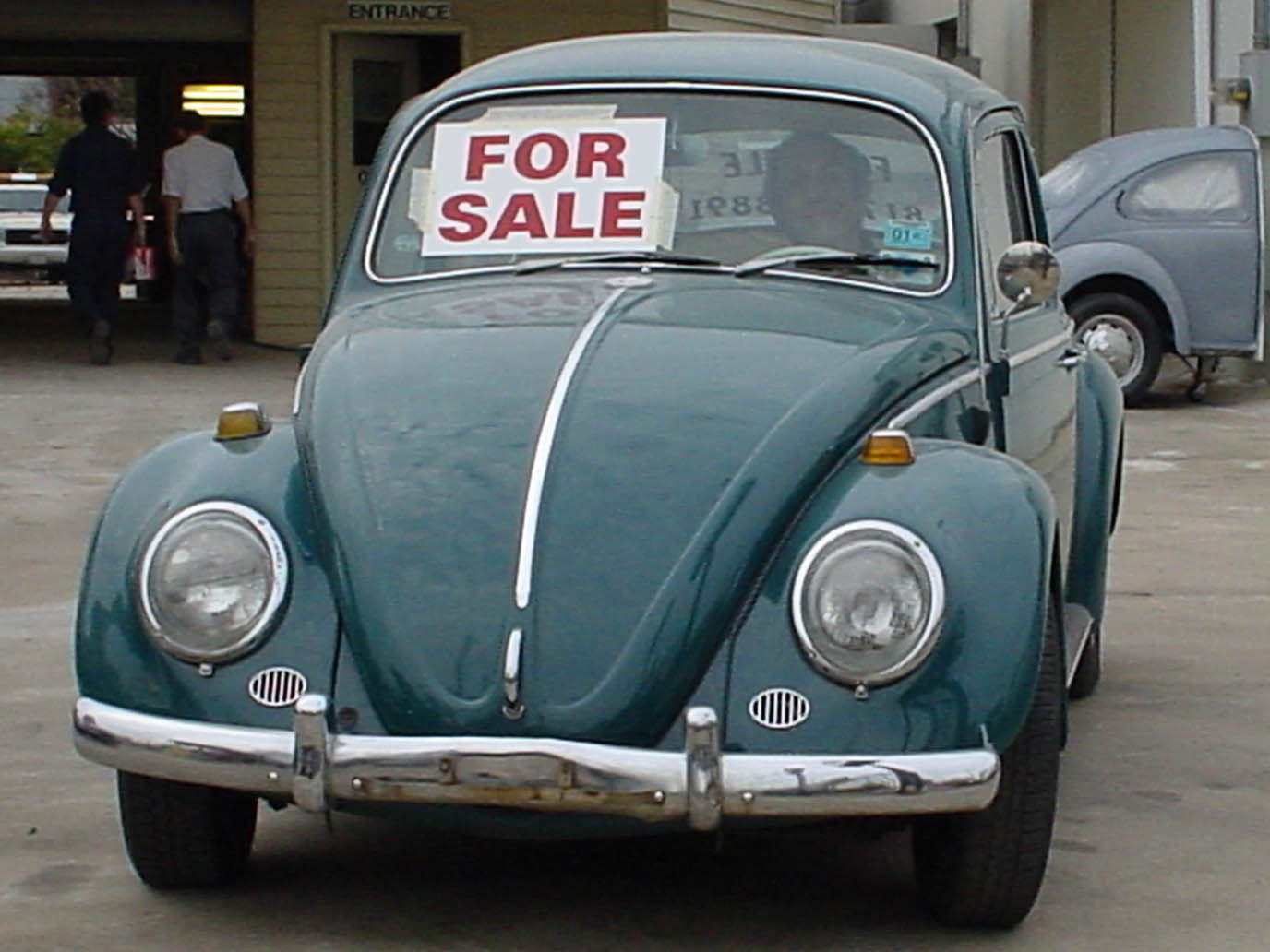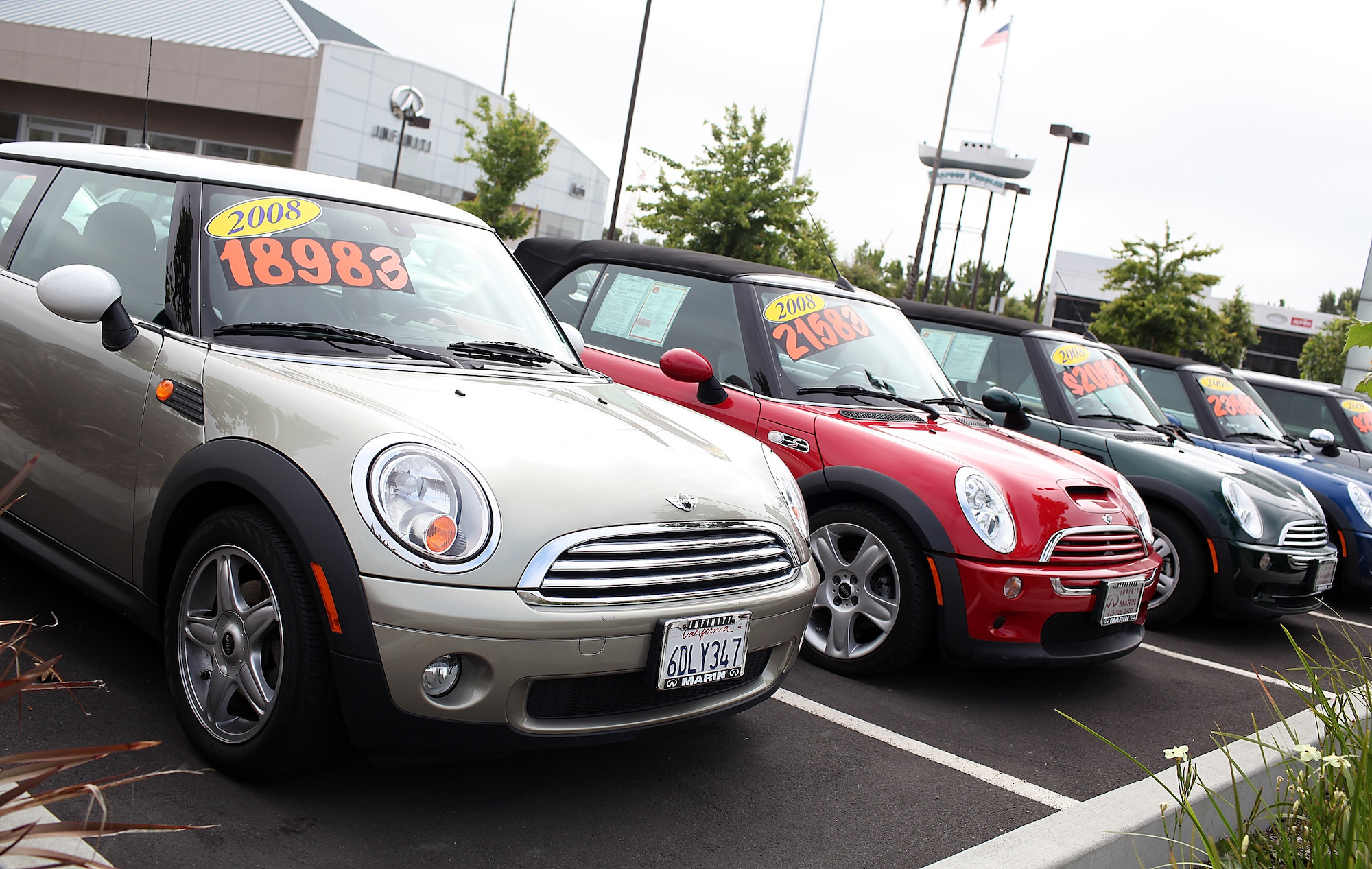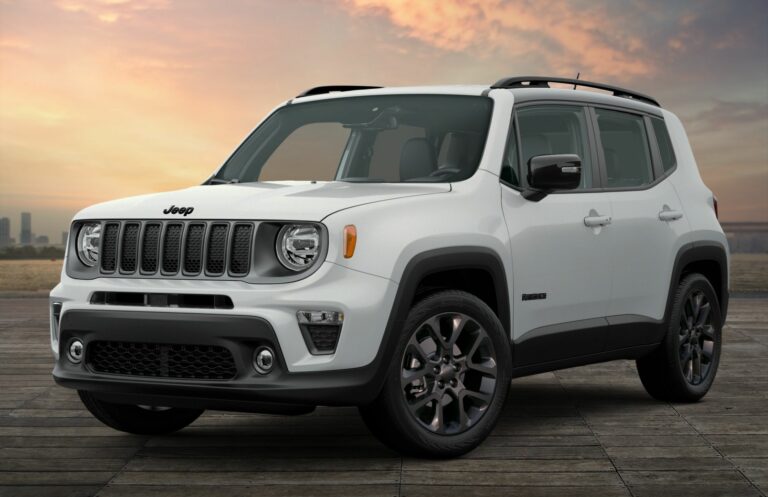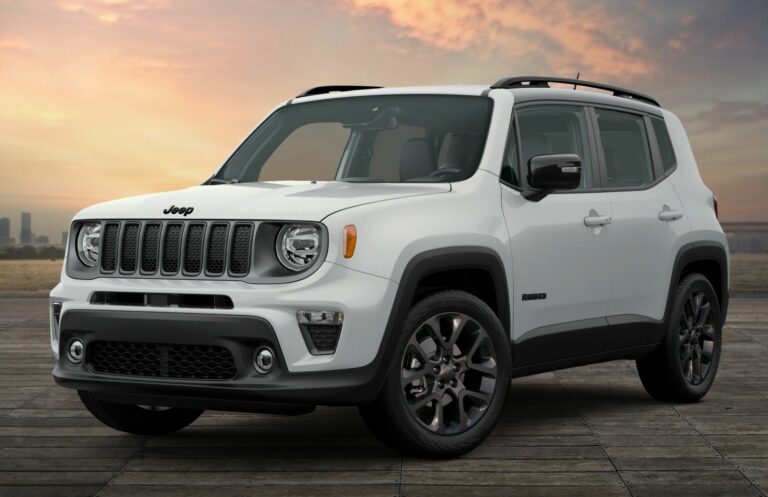Used 1953 Jeep For Sale: A Comprehensive Guide to Owning a Piece of American History
Used 1953 Jeep For Sale: A Comprehensive Guide to Owning a Piece of American History jeeps.truckstrend.com
The allure of a vintage vehicle goes beyond mere transportation; it’s about owning a piece of history, a testament to engineering from a bygone era. Among the most iconic and enduring symbols of American ingenuity and rugged utility is the Jeep. When we talk about a "Used 1953 Jeep For Sale," we’re specifically referring to a legend – primarily the Willys-Overland CJ-3B, a direct descendant of the legendary military MB and civilian CJ-2A/3A, known for its distinctive "high-hood" design accommodating the powerful F-head Hurricane engine.
More than just a vehicle, the 1953 Jeep represents a simpler time, a workhorse that helped build America, navigate treacherous terrain, and serve in conflicts around the globe. For enthusiasts, collectors, or anyone seeking a unique and tangible connection to the past, finding a 1953 Jeep for sale is an exciting prospect. This comprehensive guide will delve into everything you need to know, from its historical significance to practical buying tips, helping you navigate the journey of acquiring this remarkable classic.
Used 1953 Jeep For Sale: A Comprehensive Guide to Owning a Piece of American History
The Enduring Legacy of the 1953 Jeep (CJ-3B)
The year 1953 falls squarely in the middle of a pivotal era for the civilian Jeep. After proving its indispensable value in World War II, Willys-Overland pivoted the military MB into the civilian CJ (Civilian Jeep) series. The CJ-3B, introduced in 1953, was a significant evolution from its predecessors (the CJ-2A and CJ-3A). Its most noticeable feature was the taller hood, necessitated by the new F-head Hurricane engine. This overhead-valve intake/side-valve exhaust engine offered more horsepower and torque than the previous Go-Devil flathead engine, making the CJ-3B even more capable for agricultural, industrial, and recreational use.
The 1953 CJ-3B was built with simplicity, durability, and versatility in mind. It was a no-frills machine designed to tackle any task, from plowing fields to traversing unpaved roads. Its robust ladder frame, solid axles, leaf springs, and reliable four-wheel-drive system made it an unparalleled off-road performer for its time. Owning a 1953 Jeep is not just about having an old vehicle; it’s about preserving a piece of American post-war resilience and the very foundation of the modern SUV.
Why Buy a Used 1953 Jeep Today?
The reasons for seeking out a 1953 Jeep are as diverse as the vehicles themselves:
- Nostalgia and Collectibility: For many, it’s a connection to family history, a yearning for simpler times, or the desire to own a piece of automotive history. These Jeeps are increasingly collectible.
- Unparalleled Off-Road Capability: Despite their age, the fundamental design of the CJ-3B makes it an incredibly capable off-roader. Its short wheelbase, narrow track, and robust 4×4 system allow it to navigate challenging terrains where modern, larger vehicles might struggle.
- Mechanical Simplicity: Unlike modern vehicles laden with complex electronics, the 1953 Jeep is mechanically straightforward. This makes it ideal for DIY enthusiasts, offering a rewarding experience of learning and maintaining your own vehicle.
- Unique Driving Experience: Driving a vintage Jeep is an experience unlike any other. It’s raw, visceral, and engaging, forcing the driver to be more connected to the road and the machine.
- Investment Potential: Well-maintained or professionally restored 1953 Jeeps can appreciate in value, making them not just a hobby but potentially a sound investment.
- Customization Potential: From mild restorations to wild custom builds (restomods), the basic platform of the 1953 Jeep lends itself well to personalization.

Key Considerations When Buying a 1953 Jeep
Purchasing a vintage vehicle, especially one as old as a 1953 Jeep, requires careful consideration. Here’s what to keep in mind:
- Condition is King (and Varies Wildly):
- Rust: This is the primary enemy. Inspect the frame (especially where body mounts attach), floorboards, hat channels, fenders, and tailgate. Surface rust is manageable; structural rust is a major concern.
- Engine & Drivetrain: Is it the original Hurricane F-head? Does it run? Are there any strange noises, leaks, or smoke? Check the transmission (3-speed manual) and transfer case (2-speed, 4×4 engagement).
- Brakes & Steering: These are rudimentary by modern standards. Check for excessive play in the steering and the effectiveness of the brakes.
- Electrical System: Original 6-volt systems can be finicky. Look for frayed wires, non-functioning lights, or signs of a 12-volt conversion (which can be a pro or con depending on quality).
- Originality vs. Modifications (Restomod vs. Stock):
- Stock/Original: Highly sought after by purists and collectors. Often commands a higher price if well-preserved. Maintenance may involve sourcing period-correct parts.
- Restomod: A classic body with modern mechanicals (engine swap, power steering/brakes, modern suspension). Offers modern drivability with vintage looks. Can be more expensive due to custom work.
- "Patina" / Driver Quality: Runs and drives, but shows its age. Ideal for those who want a functional vintage Jeep without the pressure of perfection.
- Documentation: A clear title is essential. Any service records, restoration receipts, or historical documents add significant value and peace of mind.
- Purpose: Define your intended use. Will it be a daily driver (challenging but possible), a weekend toy, an off-road beast, a show vehicle, or a farm utility vehicle? Your purpose will dictate the ideal condition and necessary modifications.
- Budget Beyond Purchase Price: Factor in potential restoration costs, parts, tools, insurance, and ongoing maintenance. A "cheap" project can quickly become very expensive.
Where to Find a Used 1953 Jeep For Sale
- Online Marketplaces: Websites like eBay Motors, Craigslist, Facebook Marketplace, and specialized classic car sites (e.g., Hemmings, ClassicCars.com) are excellent starting points.
- Specialized Forums & Clubs: Jeep enthusiast forums (e.g., The CJ-3B Page, G503 for military vehicle enthusiasts) often have "for sale" sections where members list their vehicles. These communities can also offer invaluable advice.
- Classic Car Dealers & Auctions: While often pricier, these sources might offer vehicles that have already undergone some level of restoration or come with inspection reports.
- Word-of-Mouth & Local Ads: Sometimes the best deals are found through local connections or old-fashioned classifieds. Attend local car shows and swap meets.
What to Look For During Inspection
When you find a potential 1953 Jeep, a thorough inspection is paramount. If you’re not mechanically inclined, bring someone who is.
- Chassis and Frame: Get underneath the vehicle. Look for cracks, welds, significant bends, or severe rust through on the frame rails, cross members, and spring hangers.
- Body Panels: Check for rust, especially in the floorboards, cowl, under the battery tray, and wheel wells. Look for signs of bondo or poor bodywork.
- Engine & Drivetrain:
- Engine: Check oil level and color, coolant. Listen for unusual noises (knocks, rattles). Look for leaks (oil, coolant, fuel). If possible, perform a compression test.
- Transmission/Transfer Case: Shift through all gears (including 4WD high/low) while stationary and, if possible, during a test drive. Listen for grinding or difficulty engaging.
- Axles: Check for leaks around the differential covers and wheel ends.
- Brakes & Steering: Check brake pedal feel (spongy?), steering wheel play (should be minimal), and the condition of brake lines.
- Electrical System: Test all lights, wipers, horn, and gauges. Check the battery and wiring for corrosion or shoddy repairs.
- Tires & Wheels: Check tire age and tread depth. Look for bent or rusty wheels.
- Interior: While simple, check the condition of seats, gauges, and the steering wheel.
Restoration and Maintenance Tips
Owning a 1953 Jeep is an ongoing journey.
- Parts Availability: Surprisingly good for many mechanical and body components, especially for the CJ-3B. Many reproduction parts are available from specialized Jeep parts suppliers (e.g., Kaiser Willys Auto Parts, Walck’s 4WD). Original used parts can be found through forums and swap meets.
- Common Issues: Rust, worn kingpins, leaky seals, 6-volt electrical system quirks, carburetor issues, and worn out suspension components are common.
- Finding Help: Connect with local Jeep clubs or online communities. Many resources, including original service manuals and DIY guides, are available.
- DIY vs. Professional: Many tasks can be done by a competent DIY mechanic, but major bodywork, engine rebuilds, or complex electrical issues might require professional help.
- Cost of Ownership: Beyond fuel, expect regular maintenance, parts replacement, and potential upgrade costs.
Driving Experience of a 1953 Jeep
Don’t expect modern comforts or performance. A 1953 Jeep offers a raw, unfiltered driving experience:
- No Power Steering or Brakes: Requires physical effort to steer and stop.
- Slow & Steady: Top speeds are typically 45-55 mph, depending on gearing and engine condition. It’s not built for highways.
- Noisy & Vibrational: Minimal insulation means you’ll hear the engine, transmission, and road.
- Rough Ride: Leaf springs all around provide a firm, sometimes bouncy ride.
- Open Air: Many have soft tops or no tops, offering a truly immersive outdoor experience.
It’s a vehicle that demands your full attention and rewards you with an authentic connection to the road and its mechanical workings.
Price Guide for Used 1953 Jeep For Sale
The price of a 1953 Jeep (CJ-3B) can vary significantly based on its condition, originality, and location.
| Condition Category | Description | Estimated Price Range (USD) | Key Factors Influencing Price The task requires a comprehensive article on "Used 1953 Jeep For Sale." I need to cover historical context, reasons to buy, key considerations, where to find, inspection tips, restoration/maintenance, driving experience, a price table, and an FAQ. The tone should be informative and engaging, and the word count around 1200 words.
Outline Breakdown:
- "Used 1953 Jeep For Sale: A Comprehensive Guide to Owning a Piece of American History"
- Introduction:
- Define the 1953 Jeep (specifically CJ-3B).
- Highlight its iconic status and historical significance.
- Set the stage for the guide.
- The Enduring Legacy of the 1953 Jeep (CJ-3B):
- Brief history: Post-WWII, civilian conversion.
- Focus on the CJ-3B: "High-hood" for Hurricane F-head engine.
- Discuss its robust design, simplicity, and versatility.
- Emphasize its role as a workhorse and foundation of modern SUVs.
- Why Buy a Used 1953 Jeep Today?:
- Nostalgia/Collectibility
- Off-Road Capability
- Mechanical Simplicity (DIY friendly)
- Unique Driving Experience (raw, engaging)
- Investment Potential
- Customization Potential
- Key Considerations When Buying a 1953 Jeep:
- Condition is King: Rust (frame, body), engine/drivetrain, brakes/steering, electrical.
- Originality vs. Modifications: Stock, Restomod, Driver Quality. Pros and Cons.
- Documentation: Title, history.
- Purpose: Daily driver, off-roader, show, utility.
- Budget: Purchase + Restoration/Maintenance.
- Where to Find a Used 1953 Jeep For Sale:
- Online marketplaces (eBay, Craigslist, FB Marketplace, ClassicCar sites).
- Specialized forums/clubs.
- Classic car dealers/auctions.
- Word-of-mouth/local ads.
- What to Look For During Inspection:
- Detailed checklist: Frame, body, engine, transmission/transfer case, axles, brakes, steering, electrical, tires, interior.
- Advice to bring a mechanic.
- Restoration and Maintenance Tips:
- Parts availability (good for CJ-3B).
- Common issues (rust, kingpins, electrical).
- Finding help (clubs, manuals).
- DIY vs. Professional.
- Cost of ownership.
- Driving Experience of a 1953 Jeep:
- Manage expectations: No power steering/brakes, slow, noisy, rough.
- Highlight the raw, connected, immersive feel.
- Price Guide for Used 1953 Jeep For Sale (Table):
- Columns: Condition Category, Description, Estimated Price Range, Key Factors.
- Rows: Project, Running Original, Restored Driver, Show Quality.
- Frequently Asked Questions (FAQ):
- What exactly is a 1953 Jeep? (CJ-3B)
- Are parts hard to find?
- Can it be a daily driver?
- What’s its top speed?
- What kind of maintenance?
- Is it good off-road?
- Safety features?
- Fuel economy?
- Concluding Summary:
- Reinforce unique appeal and challenges.
- Final thought on owning a piece of history.
I will ensure a smooth flow between sections and maintain an informative, helpful, and engaging tone throughout. I will also make sure the word count is met.




